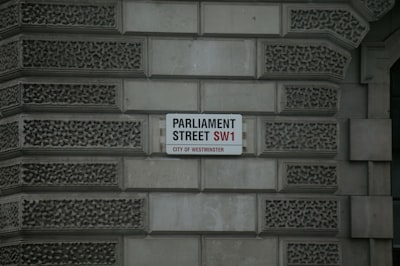What does a parliament remember? Between their grand pillars and echoing halls, seats of government across continents carry the imprints of passion, conviction, and—sometimes—uproar. The anniversary of any parliament storming, be it in Kenya, France of 1789, or the United States in 2021, asks us to consider: Do political walls have a memory, or is it only the people who remember, grieve, and vow anew?
Throughout history, such turbulent incidents have marked crossroad moments—unsettling the status quo, igniting reform, or, at times, deepening divides. Perhaps what's most surprising is how these anniversary observances ripple far beyond their borders. For instance, did you know that after the British Parliament was burned in 1834, artists like J.M.W. Turner turned the devastation into creative inspiration—documenting not just the event, but the public’s emotional response? Similarly, South Korea’s National Assembly has physical scars from protests, which are consciously left unrestored to serve as tactile lessons in democracy’s fragility.
What would happen if, instead of fearing unrest, nations transformed such anniversaries into shared days of reckoning—a kind of civic remembrance? Imagine if schoolchildren walked these halls hearing stories of both chaos and hope; if the marks left by protest and passion became bridges, not wounds. Perhaps every storming, every shout, every fearsome moment, is less about tearing down and more about demanding to be heard.
We might ask, then: Is unrest a disruption, or a heartbeat? How might collective memory change if we honored both pain and progress in the telling?
This article was inspired by the headline: 'Fears of unrest as Kenyans mark first anniversary of storming of parliament'.

Comments
No comments yet. Be the first to comment!